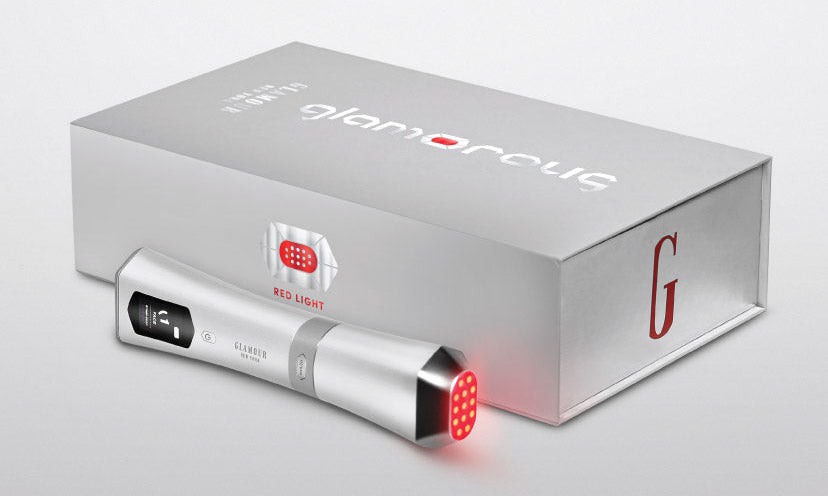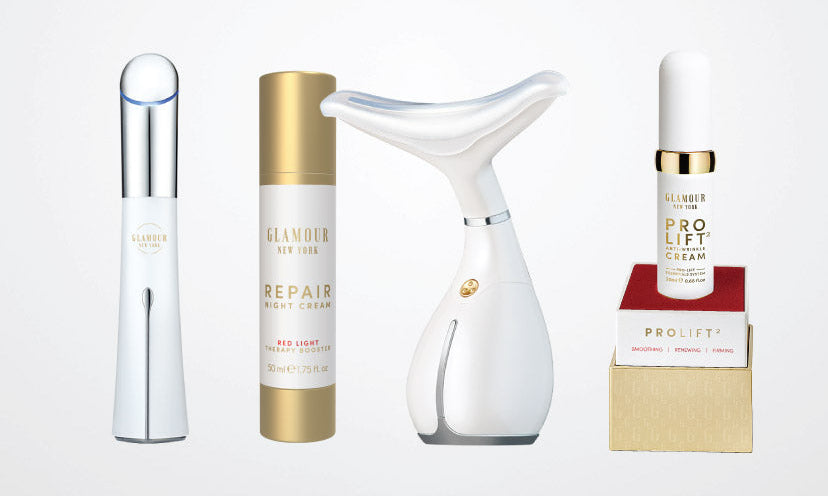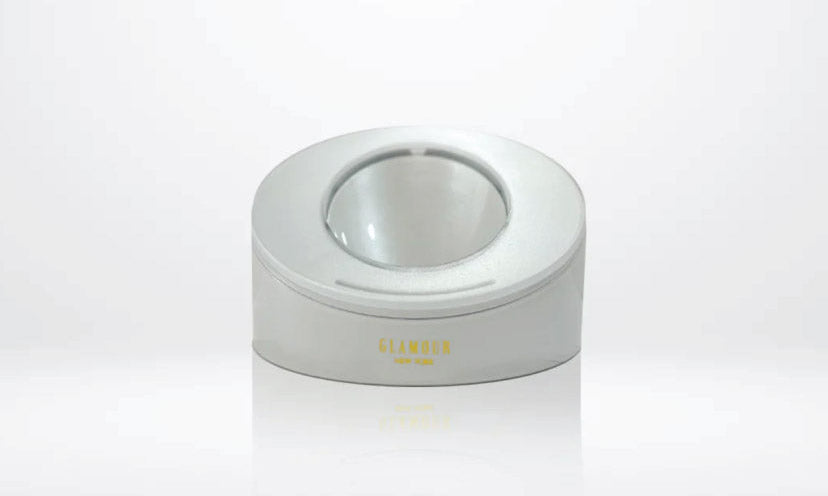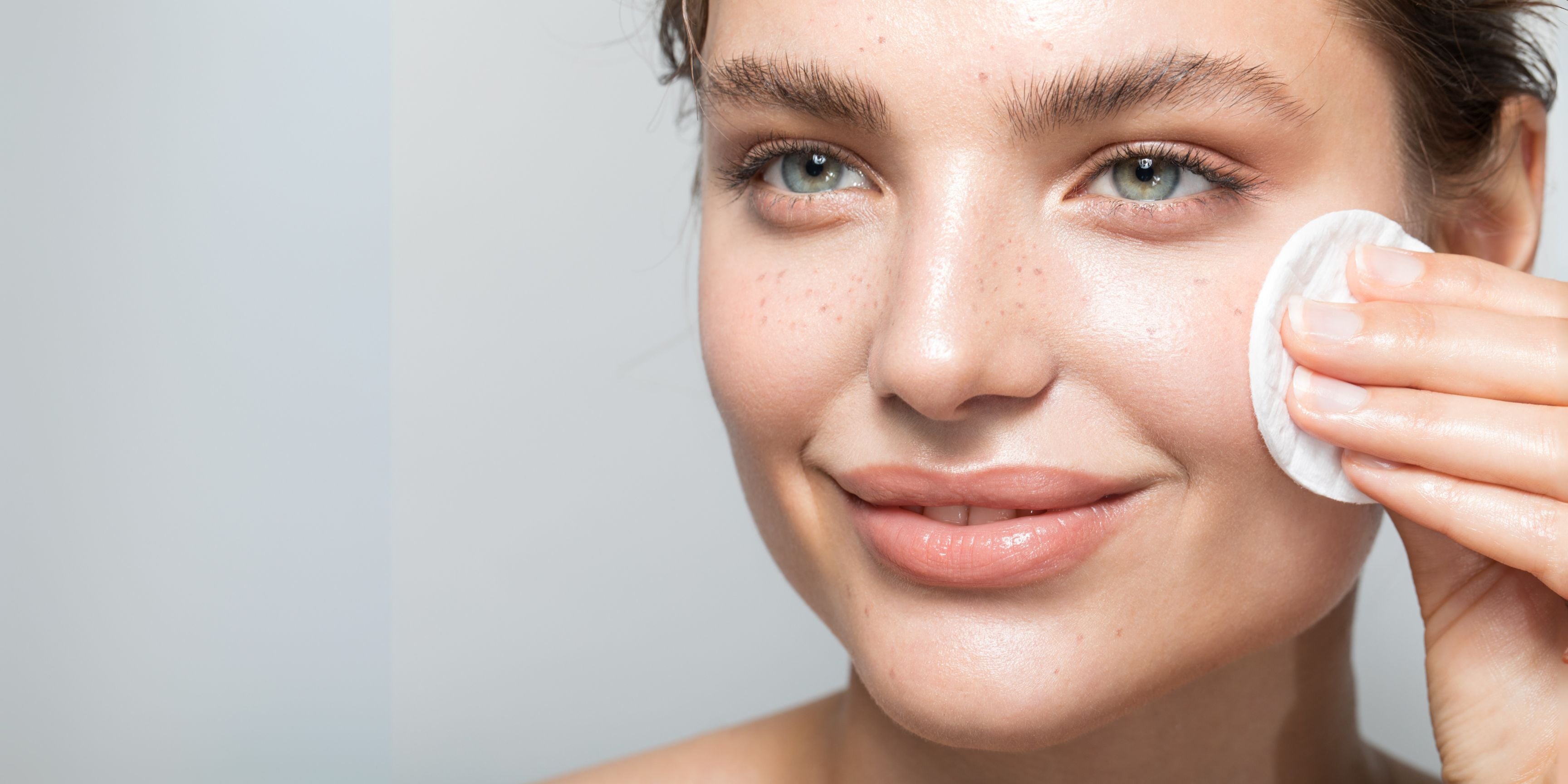Keeping your skin healthy all year long means more than just sticking to a routine—it means evolving that routine as your environment changes. Understanding how to transition your skin care for each season isn't just smart, it's necessary. Your skin reacts differently to heat, humidity, cold, and dry air. So, if you're using the same products in July as you are in January, you're likely doing your skin a disservice.
This guide will walk you through how to adjust your skincare routine by season, offer skin care tips for each season, and help you avoid the most common skincare mistakes people make when seasons shift.
Why You Need to Adjust Your Skincare Routine with the Seasons
Seasonal Changes and Skin Health
Your skin is your body’s largest organ and its first line of defense. It's constantly exposed to environmental skin stressors like UV rays, dry air, and pollution. As these stressors change seasonally, so should your skincare approach.
- In winter, cold temperatures and dry air can strip your skin of moisture.
- In summer, excess sun exposure and humidity may trigger breakouts or lead to oily skin.
A clinical study from the International Journal of Dermatology found that transepidermal water loss (TEWL) increased significantly in colder weather, indicating weakened barrier function.
Skin Barrier Protection
The skin barrier is a critical component that needs reinforcement based on climate. Skincare that works in winter might clog pores in summer, and vice versa. Transitioning your skincare routine protects this barrier and helps you weatherproof your skincare.
The Seasonal Skincare Breakdown
Spring Skincare Tips: Reset and Rehydrate
| Step | What to Change | Why |
|---|---|---|
| Cleanser | Switch to a gentle foaming cleanser | Removes winter residue without stripping |
| Moisturizer | Use lightweight moisturizers | Prevent clogged pores as humidity rises |
| Exfoliation | Introduce chemical exfoliants 1-2x a week | Slough off dry winter skin |
- Seasonal acne triggers like pollen and sweat may increase. Look for non-comedogenic products.
- Start adding SPF year round if you haven’t already.
Summer Skincare Tips: Protect and Prevent
| Key Focus | Recommendations |
| SPF | Use broad-spectrum SPF 30+ daily |
| Hydration | Switch to hydrating serums with hyaluronic acid |
| Cleansing | Use gel cleansers for oily skin in summer |
| Ingredients to avoid | Heavy oils and comedogenic butters |
This study confirms that UV exposure accelerates skin aging and weakens elasticity. Sunscreen remains your most effective anti-aging and seasonal care product.
Fall Skincare Tips: Repair and Rebuild
| Focus Area | What to Include |
| Moisture | Reintroduce layering skincare products like toners and essences |
| Recovery | Add ingredients like niacinamide, ceramides, and peptides |
| Exfoliation | Resume light exfoliation to combat summer damage |
- This is the time to prepare for the cold weather ahead by reinforcing the skin barrier.
- Consider a skincare transition summer to fall checklist to avoid breakouts and dryness.
Winter Skincare Tips: Deep Nourishment and Defense
| Step | Best Products |
| Cleanser | Cream or oil-based cleansers |
| Moisturizer | Heavy creams for winter with shea butter or petrolatum |
| Serum | Best serums for dry winter skin include hyaluronic acid and squalane |
| Extra | Facial oils and occlusive balms |
- Reduce exfoliation to once a week, if at all.
- Indoor heating and dry air effects on skin can be intense. A humidifier is a game-changer.
Common Skincare Mistakes People Make Each Season
- Using the same cleanser year-round
- Ignoring humidity and skin care dynamics
- Skipping sunscreen in fall and winter
- Using heavy products in summer
- Not addressing skin sensitivity and climate effects
Must-Have Skincare Products for Seasonal Transitions
Here are top product types that can adapt to changing weather:
| Product Type | Best For | Notes |
| Adaptogenic Moisturizers | All seasons | Adjust hydration levels based on climate |
| Vitamin C Serum | Spring/Summer | Helps combat sun damage and boost glow |
| Barrier Repair Cream | Fall/Winter | Essential for skin barrier protection |
| Lightweight SPF Moisturizer | Year-round | Combine sun protection and hydration |
Pro tip: If you're unsure whether to switch products by season, start by updating just one category at a time (e.g., moisturizers or cleansers).
FAQs About Seasonal Skincare Routines
Do I need different skincare for each season?
Yes. Your skin's needs shift as weather changes. Adapting skincare for weather changes prevents common issues like dryness, oiliness, or breakouts.
What skincare products to use in winter vs summer?
In winter, go for hydrating serums, thick creams, and gentle cleansers. In summer, choose lightweight moisturizers, SPF, and oil-control cleansers.
What ingredients should I avoid in hot weather skincare?
Avoid heavy oils, petroleum-based occlusives, and pore-clogging ingredients like coconut oil in humid months.
How to keep skin healthy year round?
Stick to a seasonal skincare routine, adjust products every 3-4 months, and always use SPF year round.
Should I exfoliate more in the summer?
Not necessarily. Exfoliate based on skin needs, but always balance with hydration and avoid over-exfoliating in any season.
Final Tips: How to Keep Skin Healthy Year-Round
- Hydration in skincare is non-negotiable—use humectants like glycerin and hyaluronic acid.
- Layer products from lightest to heaviest.
- Never skip sunscreen, even on cloudy days.
- Pay attention to how your skin feels—tight, oily, flaky, red—and let that guide your adjustments.
“A good seasonal skincare strategy is not about starting over every 3 months. It's about evolving, fine-tuning, and understanding what your skin really needs in that moment.”
By learning how to transition your skincare for each season, you’re not just reacting to changes—you’re staying ahead of them. A smart, seasonal skincare plan keeps your skin healthy, balanced, and glowing 365 days a year.










